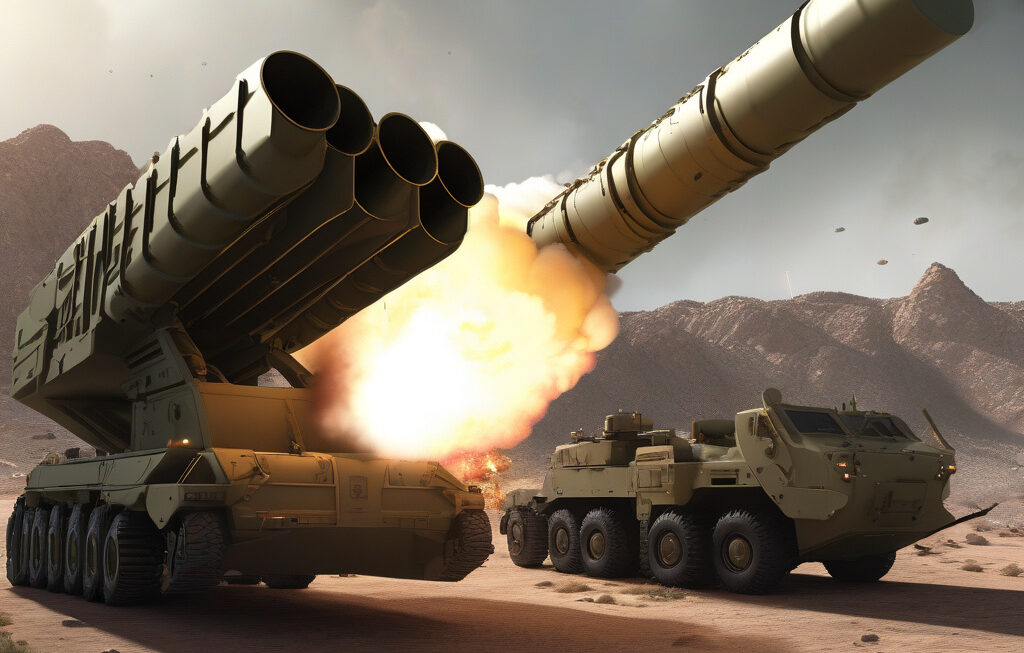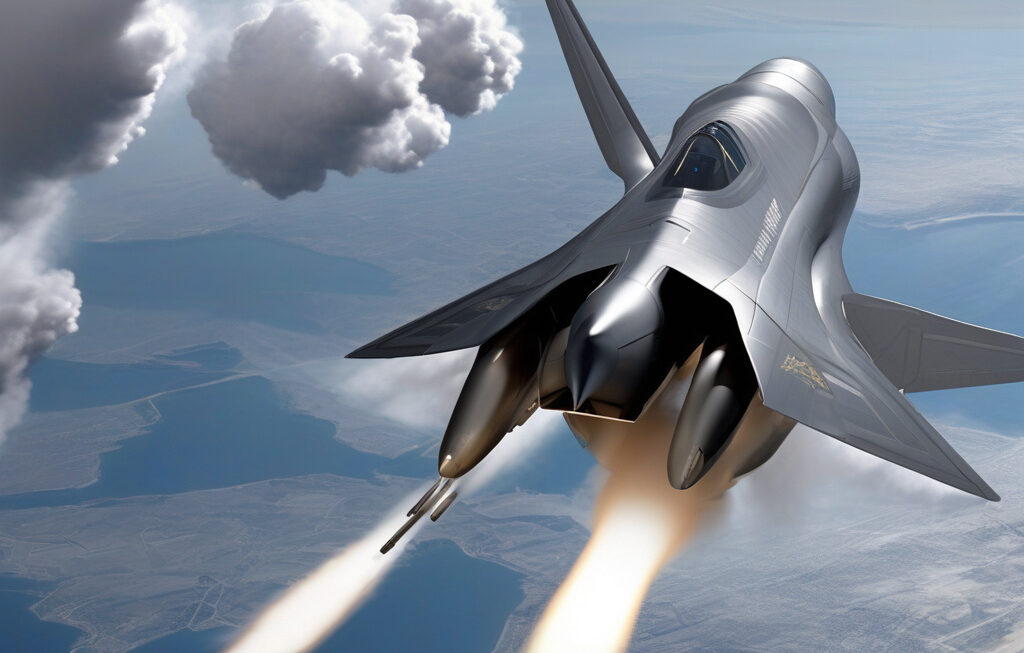Russia’s Secret Weapon: Chinese Engines Powering Drone Strikes
In the world of military technology, every advancement can tip the scales of power. Recently, Russia has been making headlines with its increased drone strikes, thanks to a rather unexpected source of power – Chinese engines. These engines are being secretly shipped to a Russian state-owned drone manufacturer under the guise of “cooling parts,” marking a significant shift in the landscape of unmanned aerial vehicles (UAVs).
The use of Chinese engines in Russian drones raises questions about the future of warfare and the intricacies of international alliances. While Russia and China have had a complicated relationship in the past, especially regarding military technology, this covert cooperation hints at a deeper level of collaboration between the two nations.
One of the main reasons behind Russia’s decision to rely on Chinese engines for its drones is the high quality and cost-effectiveness of the technology. Chinese engines are known for their reliability and performance, making them an attractive choice for powering UAVs. By leveraging Chinese expertise in this field, Russia can enhance the capabilities of its drones while also saving on production costs.
Moreover, the use of Chinese engines allows Russia to circumvent sanctions and export restrictions imposed by Western countries. In the face of increasing geopolitical tensions, Russia has been actively seeking alternative sources for military technology to maintain its strategic advantage. The partnership with China not only provides access to cutting-edge engines but also strengthens the bond between the two countries in the realm of defense.
However, this collaboration is not without risks. By relying on Chinese engines, Russia exposes itself to potential vulnerabilities, including cyber threats and backdoor access to its drone systems. As with any technology partnership, there are concerns about the security implications of integrating foreign components into critical military infrastructure.
Furthermore, the use of Chinese engines in Russian drones could have broader implications for the global arms trade. As two major players in the defense industry join forces, other countries may also explore similar partnerships to enhance their military capabilities. This shift in dynamics could lead to a redistribution of power and influence among key players in the international arena.
The revelation of Chinese engines powering Russian drone strikes underscores the ever-changing nature of modern warfare. As technology continues to advance at a rapid pace, nations must adapt and innovate to stay ahead of the curve. The collaboration between Russia and China in this domain is a testament to the strategic importance of harnessing external expertise for military purposes.
In conclusion, the use of Chinese engines in Russian drones represents a significant development in the field of military technology. By tapping into Chinese capabilities, Russia is able to bolster its drone fleet and overcome challenges posed by sanctions and export restrictions. However, this partnership also raises concerns about security and the broader implications for global defense dynamics. As the world watches this alliance unfold, one thing is clear – the future of warfare is being shaped by unexpected collaborations and technological advancements.
Russia, China, drones, military technology, international relations












